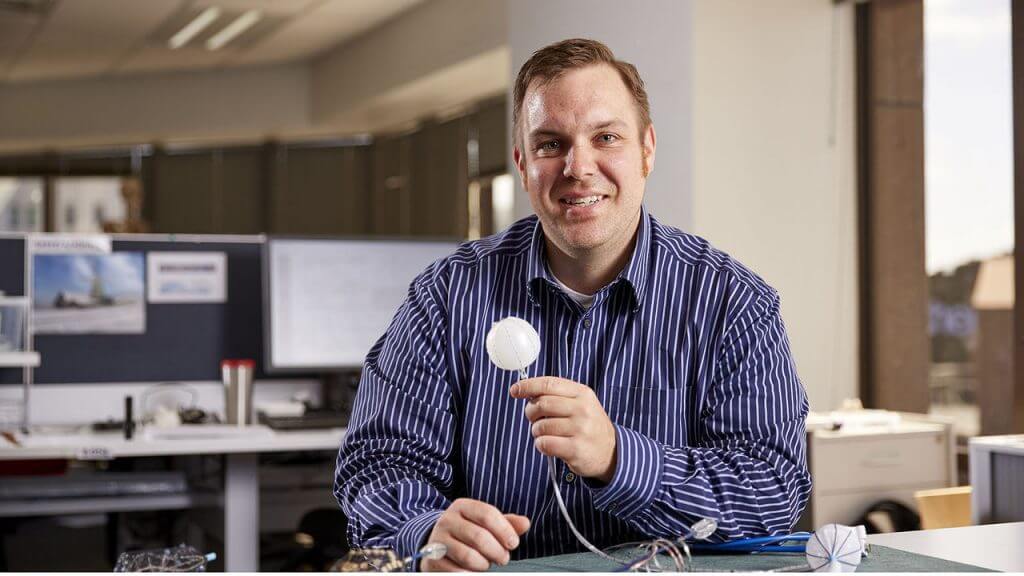AUCKLAND, New Zealand — An innovative mapping device, developed by University of Auckland researchers, to help doctors better understand gut issues has been 10 years in the making. Now, it has successfully made it through its first human clinical trials, marking a significant milestone in gut health research. Researchers say this device measures electrical signals in the gut without invasive surgery — potentially allowing doctors to easily diagnose hard-to-identify stomach complaints.
“This is a critical step, taking us from engineering and pre-clinical work to real patients. It’s very difficult to do, but this is the dream; the pinnacle of bioengineering,” says University of Auckland gastrointestinal researcher Dr. Tim Angeli-Gordon in a media release.
The team’s research paper outlines the results of the initial study involving 13 patients. Since then, data has been collected on 35 patients in Auckland and Christchurch. Peter Tremain, a postgraduate researcher and the lead author of the paper, says that the team is looking ahead to use the data from the two human clinical trials and improve the device’s design. Specifically, he mentions improving the filtering of the electrical signal so that clinicians can isolate gut signals from competing “noise.”
“The body produces a lot of random electrical confusion,” says Tremain.
Compared to signals from the heart, stomach signals are significantly closer in amplitude to this noise. Moreover, external vibrations from equipment or simply walking around can generate noise within the signals.
“As part of this paper, we’ve managed to extract stomach signals from that noise; now we want to hone this even more.”

Angeli-Gordon says that human research is the most recent stage in a decades-long process, expanding on the initial discovery in the early 1900s that the gut, like the heart, was controlled by electrical signals. As such, their research has now focused on faulty gut electrical signaling.
Earlier studies involved putting electrodes on the outside of the stomach and diagnosing abnormal gut rhythms only with open surgery. This device is minimally invasive, only strapping onto the outside of your abdomen to show doctors exactly what is misfiring.
“We realized if we ever wanted to apply these techniques to a larger patient group we needed minimally-invasive options,” says Angeli-Gordon.
In 2022, Auckland Bioengineering Institute spin-off company Alimetry was cleared by the U.S. Food and Drug Administration for the gut version of an electrocardiogram (ECG), which gives doctors a glimpse into whether someone’s electric signals are normal or not. However, this still doesn’t give the full picture because gut signals aren’t as strong as waves in the heart. Now, this product shows doctors exactly what the issue is and where it’s located.
“It initially allows us to record if the bioelectrical activity is abnormal; it can be a real relief to patients to have a definitive measurement of what is wrong with their gut. Then we look at how we can correct that,” says Angeli-Gordon.
Another group from the institute, also led by Dr. Angeli-Gordon, is looking into whether ablation, the burning technique used in the heart to block irregular electrical signals, could be used for addressing gut problems as well. Animal testing results are promising, so the team is looking forward to applying the technology in clinics.
Millions of people around the world struggle with gut discomfort that can’t entirely be explained, and therefore treatment isn’t as targeted. Accurate diagnosis and treatment are critical. Angeli-Gordon thinks that it could be another five years before the device is available around the world, but starting human research is a leap forward.
“We are also looking at options for commercialization – figuring out how we can best progress this promising technology,” says Angeli-Gordon.
The findings are published in the journal Device.
